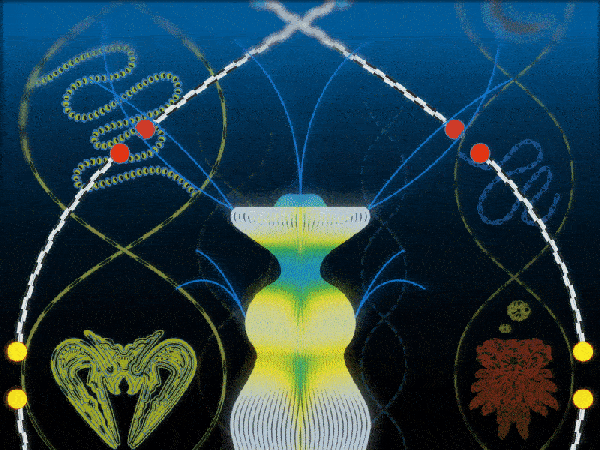| A scientific rescue mission aims to analyze every plant, animal, and fungus before it’s too late.  Illustration by Petra Péterffy What can we learn from the butt worm? These tiny bioluminescent creatures, which live deep beneath the surface of the ocean and go by the scientific name Poeobius, are a very small part of the very large, intertwined tree of life—and mapping their DNA, along with every other creature’s on earth, could provide access not only to vital knowledge but also to practical innovations, including new crops and medical cures. In a thrilling new story, Matthew Hutson follows the members of the Earth BioGenome Project as they undertake the herculean task of sequencing a genome from every plant, animal, and fungus on the planet—a job made all the more urgent by the rate of extinction of so many living things around us. “That’s a heavy aspiration that will probably never be entirely achieved,” one member of the team explains. “It’s like, when you’re my age, planting a young oak tree in your yard. You’re not going to live to see that be a mature oak, but your hope is somebody will.” Support The New Yorker’s award-winning journalism. Subscribe today » |
No comments:
Post a Comment